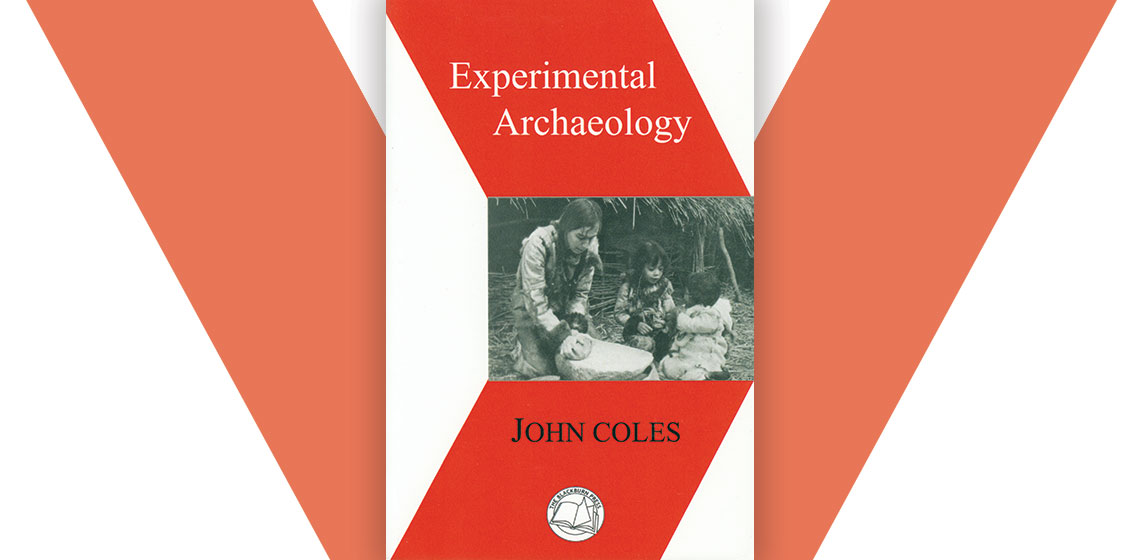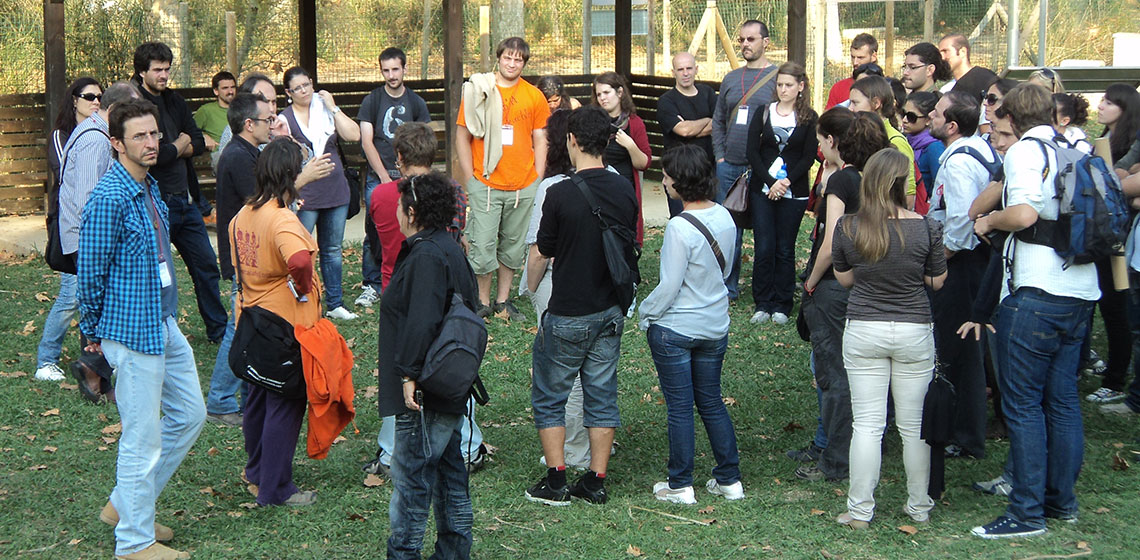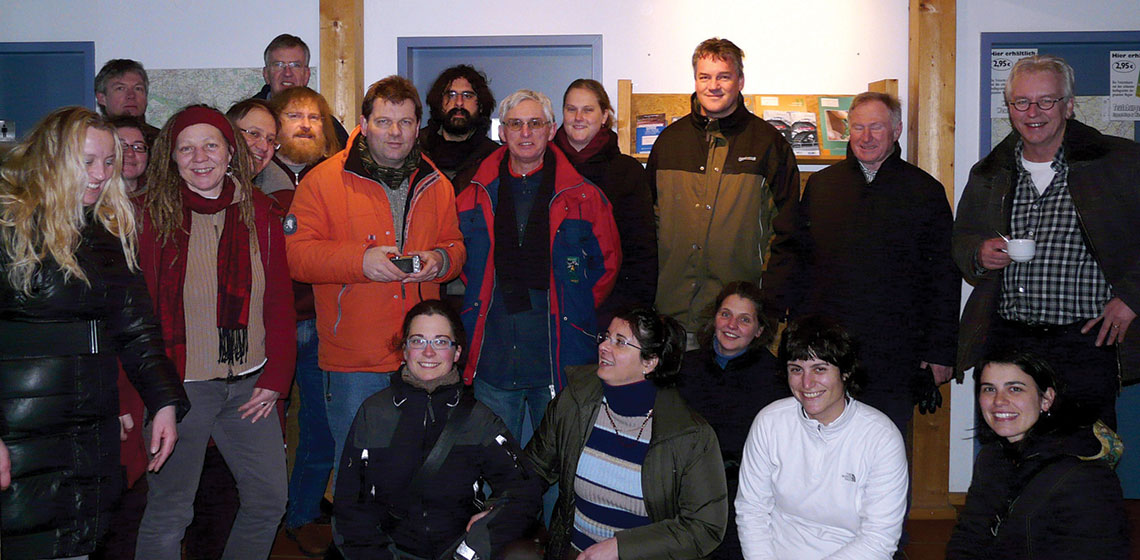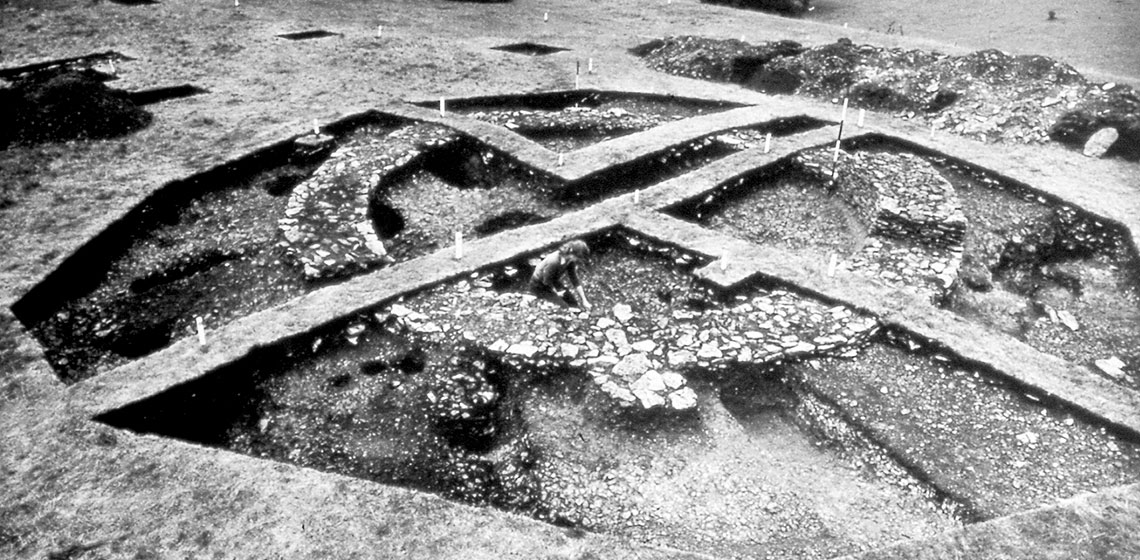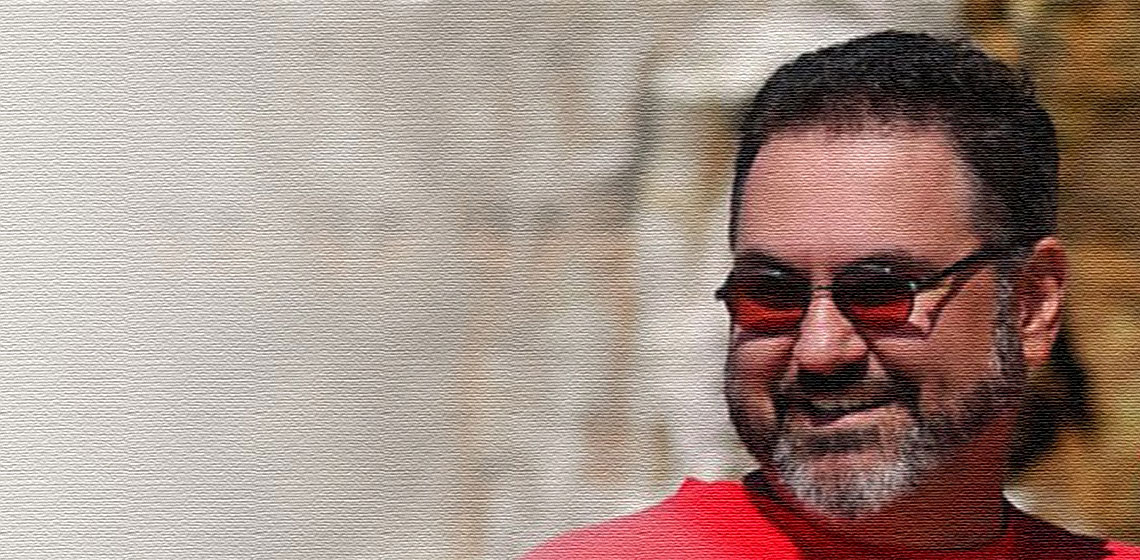Book Review: Experimental Archaeology by John Coles
It may appear odd or redundant to reprint a book that was published in 1979. The subject will have moved on, more will have been discovered, new techniques will have been developed. But this is partly the point: Experimental Archaeology by John Coles is a foundation text for the subject as a whole...
